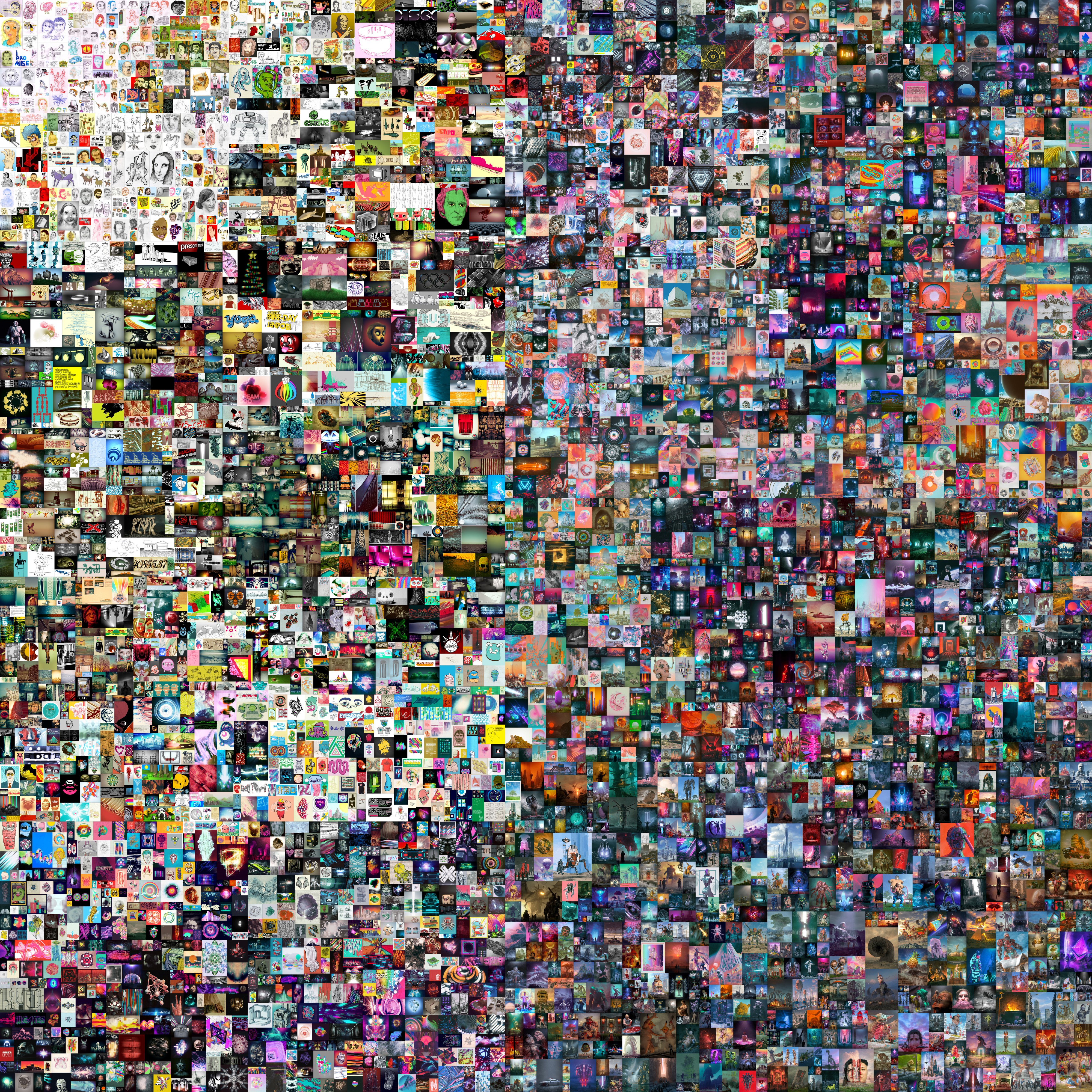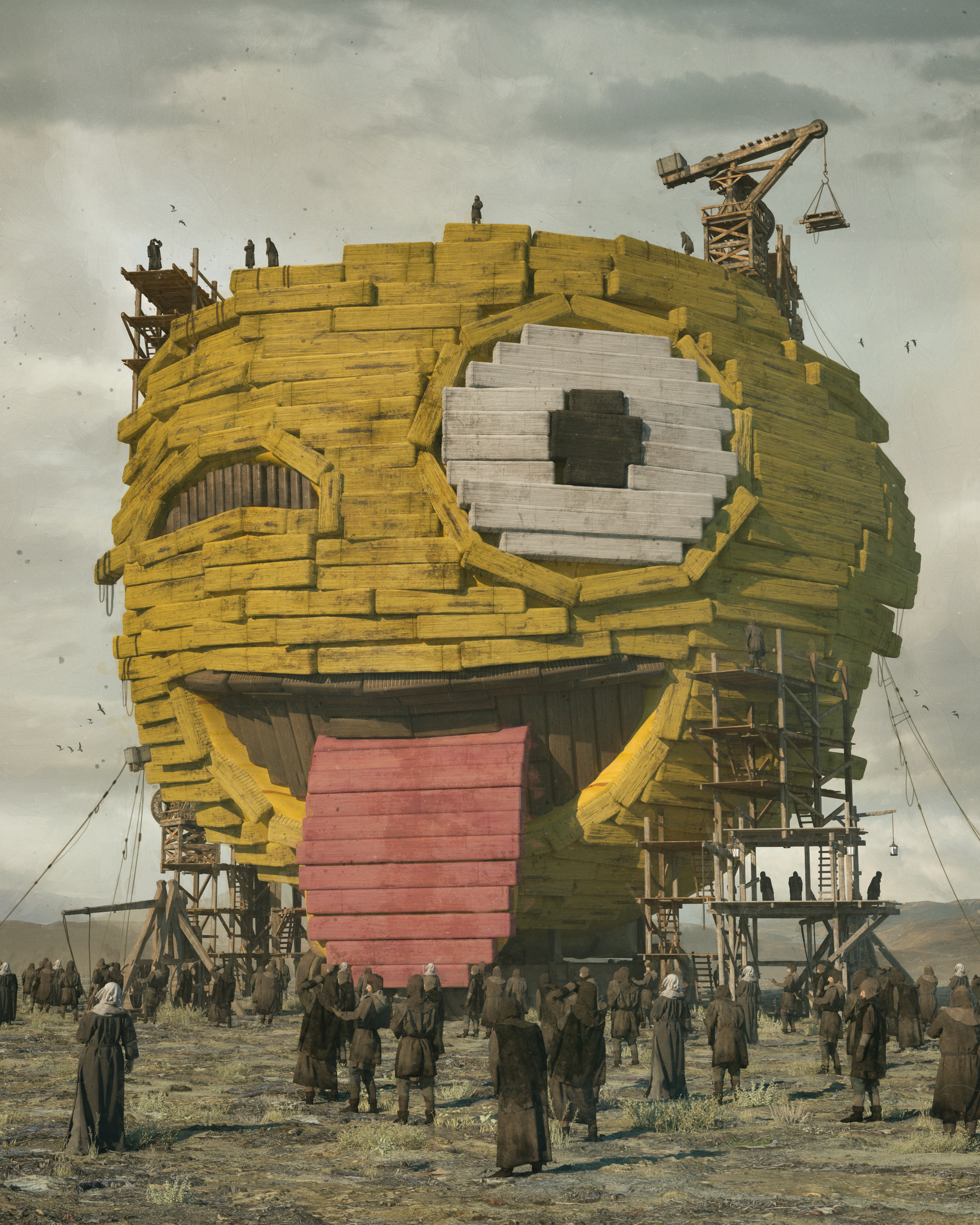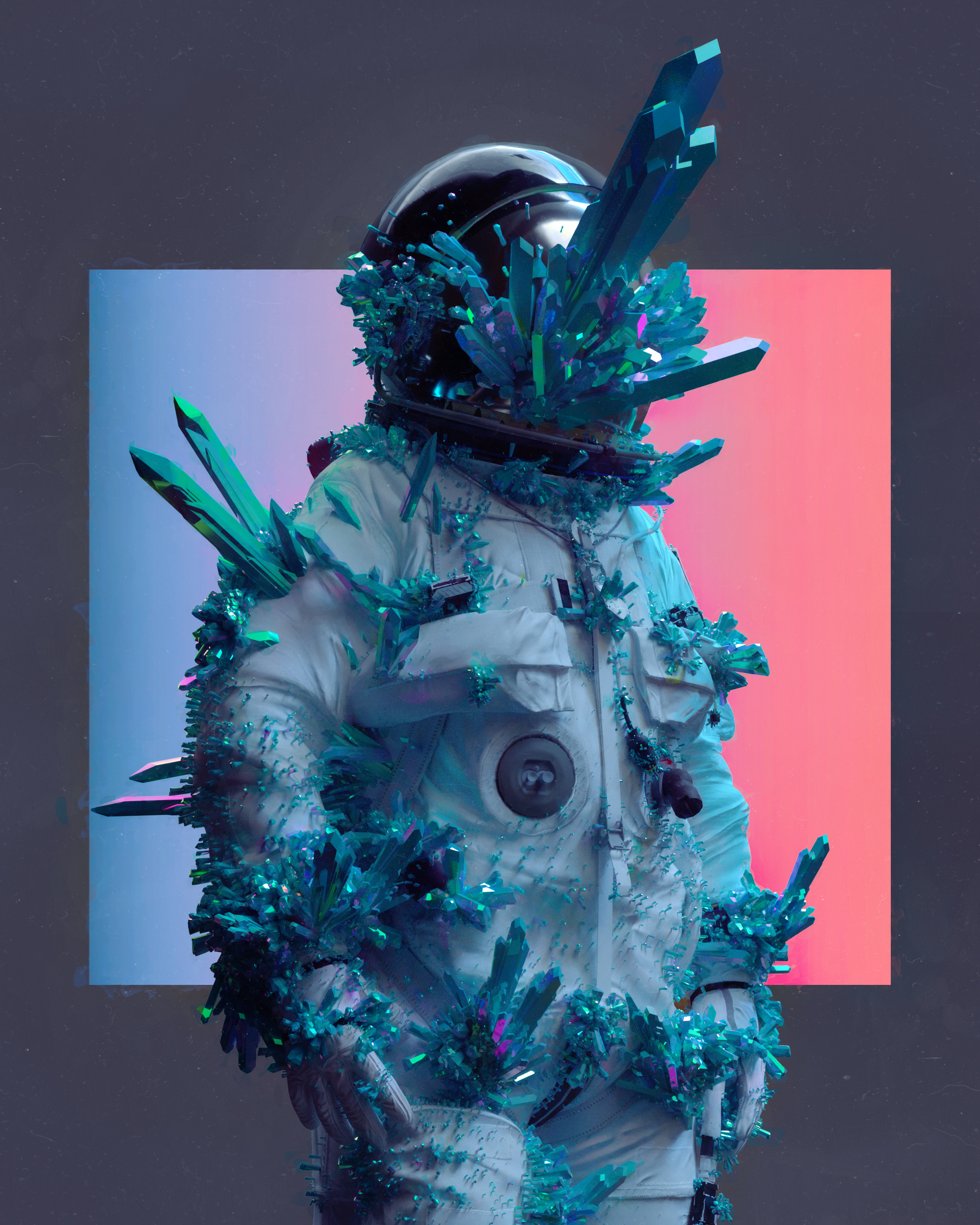String of code sells for $69 million

A digital collage just sold for more than $69 million at an online auction, according to news reports.
The artwork was produced by digital artist Mike Winkelmann, also known as Beeple, and is a composite of 5,000 individual drawings, according to the auction house Christie's. Winkelmann began creating the work in May 2007, when he launched a project called "Everydays," in which he committed to producing and posting a new piece of art online every day.
After 5,000 straight days of art-making — more than 13 years — Winkelmann compiled the images into a collage called "Everydays: The First 5000 Days." And on Thursday (March 11), the piece sold for $69,346,250 at Christie's. Bidding opened on Feb. 25 at $100.
Related: 'Extraterrestrial crystal ball' hits the auction block at Christie's

09-01-20 - Image from "Everydays: The First 5000 Days"

07-29-19 - Image from "Everydays: The First 5000 Days"

09-17-19 - Image from "Everydays: The First 5000 Days"
The work sold as a non-fungible token (NFT), meaning the buyer now owns the work as a unique string of code that verifies its authenticity, NBC News reported. Essentially, the NFT ties the artwork — in this case, an image file — to unique identification codes and metadata, all stored and traded on blockchain, the technology behind cryptocurrencies like Bitcoin, according to Investopedia.
The Winkelmann artwork will "be delivered directly from Beeple to the buyer, accompanied by a unique NFT encrypted with the artist's unforgeable signature and uniquely identified on the blockchain," according to Christie's. (The identity of the buyer is not noted on the website.)
This is the auction house's first sale of purely digital art and the first time it has accepted payment in the form of cryptocurrency, The New York Times reported. Per the sales contract, Winkelmann will earn 10% of the profits each time the work is resold.
Sign up for the Live Science daily newsletter now
Get the world’s most fascinating discoveries delivered straight to your inbox.
"When you buy the artwork, you're sort of entering into a relationship with me," Winkelmann told the Times.
The image file is made up of about 320 megabytes, according to Christie's. Winkelmann drew the early works included in the collage using pen and paper, but he soon switched to a computer software called Cinema 4D, the Times reported. Drawings from the last five years have mostly centered around current events, whereas earlier works included both basic sketches, showing subjects like faces and animals, and conceptual abstract art, exploring themes of color, form and repetition.
"I almost look at it now like I'm a political cartoonist," Winkelmann told Christie's. "Except instead of doing sketches, I'm using the most advanced 3D tools to make comments on current events, almost in real-time."
Originally published on Live Science.

Nicoletta Lanese is the health channel editor at Live Science and was previously a news editor and staff writer at the site. She holds a graduate certificate in science communication from UC Santa Cruz and degrees in neuroscience and dance from the University of Florida. Her work has appeared in The Scientist, Science News, the Mercury News, Mongabay and Stanford Medicine Magazine, among other outlets. Based in NYC, she also remains heavily involved in dance and performs in local choreographers' work.










